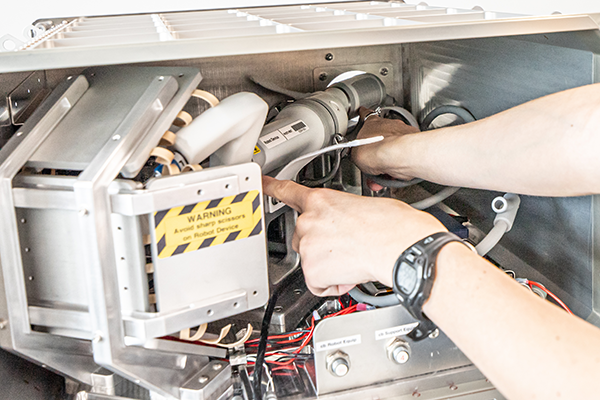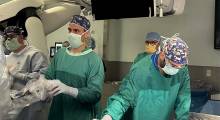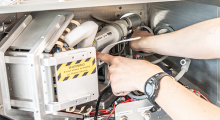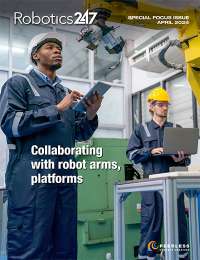Virtual Incision, the developer of the mini robotic-assisted surgical device (MIRA), announced that spaceMIRA is headed to the International Space Station. The device is aboard a Northrop Grumman Cygnus cargo spacecraft carried by a SpaceX Falcon 9 rocket.
The 2024 technology demonstration mission is driven by a grant awarded from NASA to the University of Nebraska through the Established Program to Competitive Research (EPSCoR) program.
Remote-controlled surgical devices on Earth
Testing with spaceMIRA on the ISS will assess the impact of zero gravity when performing simulated surgical tasks. During a portion of the experiment, a surgeon operator at Virtual Incision’s headquarters in Lincoln, NE will utilize remote-controlled technology to direct the movements of the robot.
Learnings about remote surgery could potentially impact healthcare in space and across the globe. In the U.S. alone, one-third of counties do not currently have access to a local surgeon, and the shortage of surgeons could rise to more than 30,000 within the next 10 years. Remote surgery could serve as an option for these patients by enabling procedures to be performed from a distant location.
“When we started this work at the University of Nebraska, we shared a collective vision that miniRAS could make robotic-assisted surgery available to any patient, anytime, anywhere,” said Shane Farritor, Ph.D., co-founder and chief technology officer at Virtual Incision and professor of mechanical engineering at the University of Nebraska. “Exploring the use of miniRAS in extreme environments helps our teams understand how we can remove barriers for patients.”
The ideal device for these applications would be controlled by a surgeon through a console, enabling them to direct the movements of a camera and instruments inside the patient's body. This type of technology, called robotic-assisted surgery (RAS), has been available for decades.
While some exploratory work in remote surgery has been conducted, it is still typically performed with the surgeon in the same operating room as the patient. Although there are many complexities associated with remote operations, miniaturization of RAS could be a breakthrough by dramatically simplifying workflows at the site where the patient is located.
Development of spaceMIRA on ISS and in operating rooms
MIRA, the first miniaturized robotic-assisted surgery (miniRAS) device in development, is roughly 1,000 times lighter than existing technologies. As the only small form factor RAS device, it has the potential to make remote surgery more feasible by enabling transportation, storage and setup time at faster rates. The University of Nebraska researchers leveraged MIRA’s unique design to create an iteration that enables pre-programmed as well as long-distance remote surgery operation modes.
“As thrilling as it is to have our technology in space, we expect the impact of this research will be most notable on Earth,” said John Murphy, president and CEO of Virtual Incision. “The introduction of miniRAS has the potential to revolutionize healthcare by making every operating room robot ready. We are taking a significant step by developing MIRA, an investigational device currently under review by the FDA. The testing with spaceMIRA will tell us more about the future potential of miniRAS as it might be applied to remote surgery applications.”
Want to learn more about cobot arms? This article was featured in the April 2024 Robotics 24/7 Special Focus Issue titled “Collaborating with robot arms, platforms.”
Article topics
Email Sign Up



















